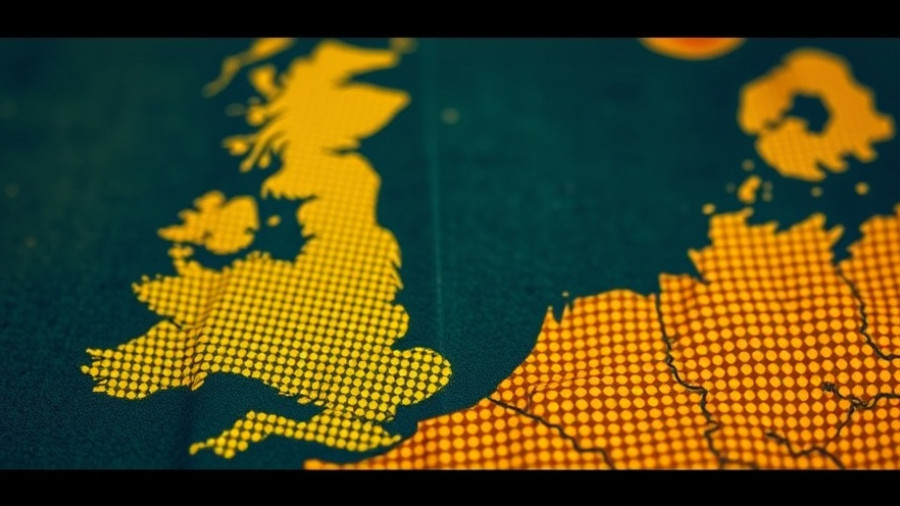
The Rise of Far-Right Influencers and Their Impact
In recent years, we've observed a significant shift in how far-right influencers wield their power, particularly with the advent of social media. These digital figures have morphed into primary agents of influence, impacting public opinion and fueling political narratives surrounding controversial topics like antifa. With the Trump administration's declaration of antifa as a "domestic terrorist organization," these influencers have amplified their reach, targeting academics and activists who challenge their worldview. A notable example is history professor Mark Bray, whose book, Antifa: The Anti-Fascist Handbook, has drawn extensive backlash from far-right supporters leading to threats and harassment aimed at him.
How Influencers Shape Political Narratives
The role of these influencers in shaping narratives can be alarming. They curate content to present leftist groups as violent and extreme, often omitting critical context and evidence. In the Guardian article, several right-wing creators were described as shaping President Trump's distorted view of antifa through their videos and social media posts, elevating baseless claims about the organization to mainstream discourse. This confluence of social media and political strategy helps elevate fear-mongering narratives, placing individuals like Bray in precarious situations.
The Global Dimension of Influence
The far-right influencer trend isn't limited to domestic politics. As highlighted in WIRED, these figures are starting to play roles in foreign affairs as well, acting as conduits for political messages from countries like Israel, echoing pro-Israel sentiment aligned with their audiences. Such partnerships signal a growing trend where influencers are not just participants in domestic discourse, but also international propaganda tools, blurring lines between advocacy and misinformation.
Understanding the Risks of Digital Influence
The control that far-right influencers exert poses real dangers. By painting activists and dissenters as threats, these influencers can incite real-world violence and perpetuate a culture of fear. For academics like Bray, the implications stretch beyond harassment—they threaten academic freedom and civil discourse. This poses a critical question: how can society foster an environment where diverse opinions can exist without risking safety?
Concluding Thoughts on the Far-Right Influence
As the influence of digital creators continues to evolve, it is crucial for audiences to critically engage with the content they consume. Understanding the motivations behind influencer narratives can provide clarity in an increasingly polarized media landscape. It also reminds us to advocate for a discourse that allows for diverse perspectives free from intimidation.
 Add Row
Add Row  Add
Add 




Write A Comment